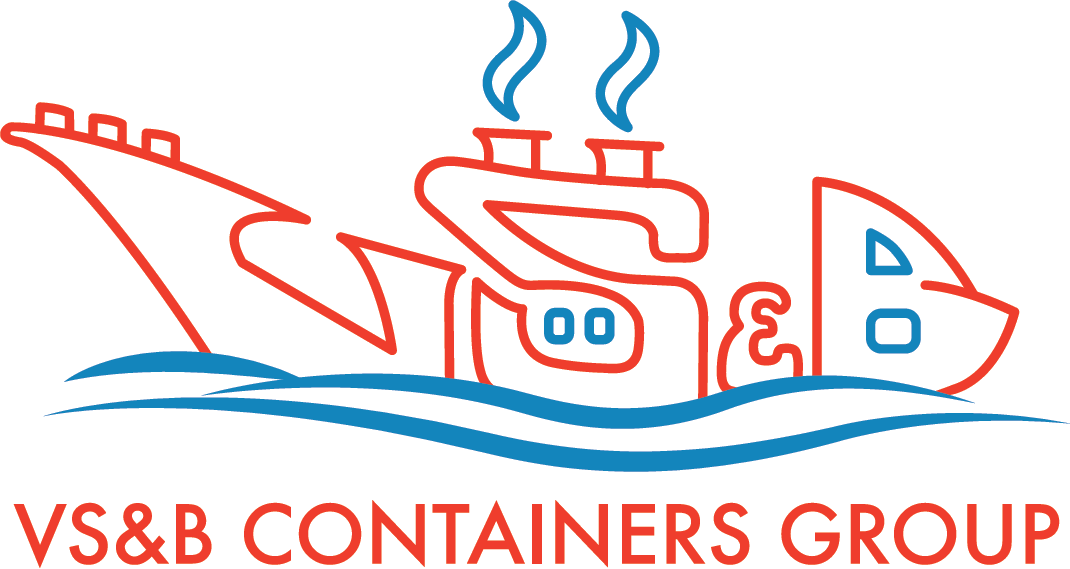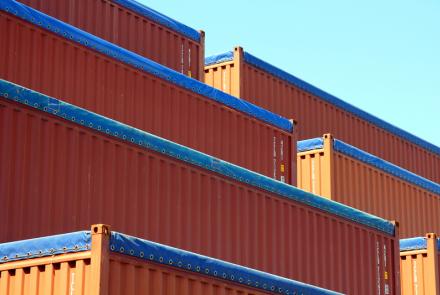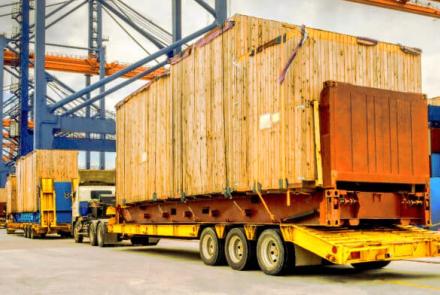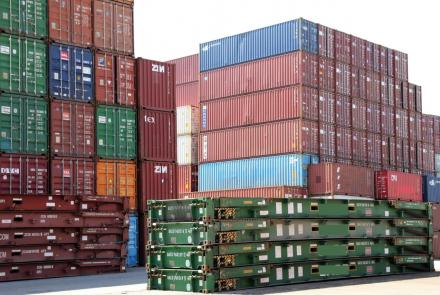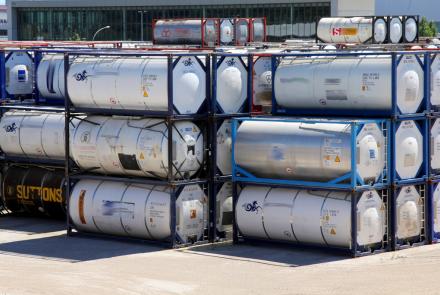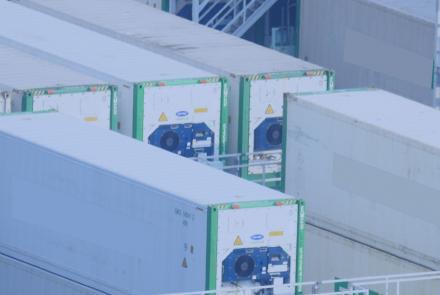An Overview of Container Leasing Arrangements in the Shipping Industry
Container Shipping plays a crucial role in the global economy. Nearly 90% of all international trade takes place by sea. And around 90% of the non- bulk cargo in the world is carried on container vessels. And all of this cargo on container vessels, is carried in the ubiquitous shipping container. These containers are built in standard sizes (Measured in TEUs, Twenty feet Equivalent Units) to withstand the harshest of conditions at sea and possibly thousands of handlings for over 20 years of their useful life.
Container leasing is an essential part of the container shipping business. The proportion of containers owned by ocean carriers to those leased in from container leasing companies is almost equal. Several operators, particularly smaller and regional lines, rely 100% on leased containers.
When a container shipping company requires additional or replacement containers in its fleet, it needs to decide whether to buy or lease the container. The most likely decision will be to buy the required number of new containers if the need is long-term and the company has the necessary financial resources to purchase the containers. However, if it is only for a short period or there is a need for flexibility with limited financial resources, then the shipping company’s decision will be most likely in favor of the leasing option or buying used containers.
There are numerous types of leasing arrangements but the three most commonly used types are below:
Master leases:
These are basically full-service leases. Here, the leasing company allows shipping lines to pick up containers from its available pool of containers globally as and when needed. The shipping line has to retain the containers for a minimum usage period and can then return the containers back to the leasing company at certain agreed redelivery locations as stipulated in their contract. This is a flexible lease allowing the shipping line to pick up only as many boxes as it has an immediate need for. In many ways, the container leasing company acts as a logistics service provider since it must plan the distribution of its container assets based on the anticipated demand of the lessees (shipping lines). Thus, container leasing companies try to ensure an adequate supply of empty containers for their customers at pick up locations.
Long term lease:
This is a lease which is becoming much more popular of late. Here, the leasing company and the shipping line agree on a quantity of containers (usually in 1000s) to be picked up from a predetermined location within a predetermined time and retained for a longer period (usually 5-8 years). Here, there is a lot less ‘servicing’ for the container leasing company to do and as such, they tend to be at lower daily rates as they do not offer much flexibility.
One-way lease:
As the name suggests, these are leases where the shipping lines pick up containers from one location and redeliver them at another. This may be done to help container leasing companies move containers from a low demand to a high demand location. Or to locations where they are easier to sell or cheaper to repair. Here, unlike with master leases, the line acts more as a service provider for the leasing company than the other way around.
